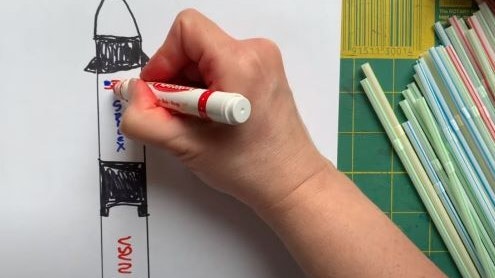Homepage
•
Learning Library
•
Blog
•
NASA Keeps the STEM Lessons Going From Home
Expand breadcrumbs
Expand breadcrumbs
- Learning Library
- Blog
- NASA Keeps the STEM Lessons Going From Home
- Homepage
- •
- Learning Library
- •
- Blog
- •
- NASA Keeps the STEM Lessons Going From Home
NASA Keeps the STEM Lessons Going From Home
By Jerry Fingal
December 20, 2020








